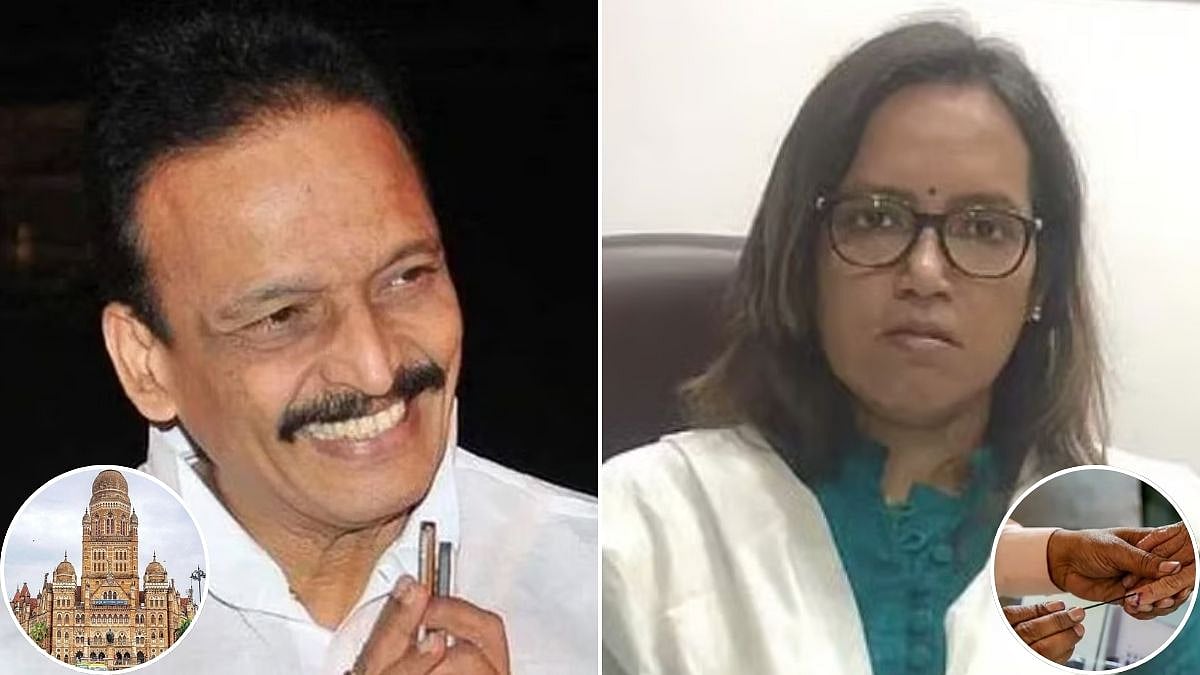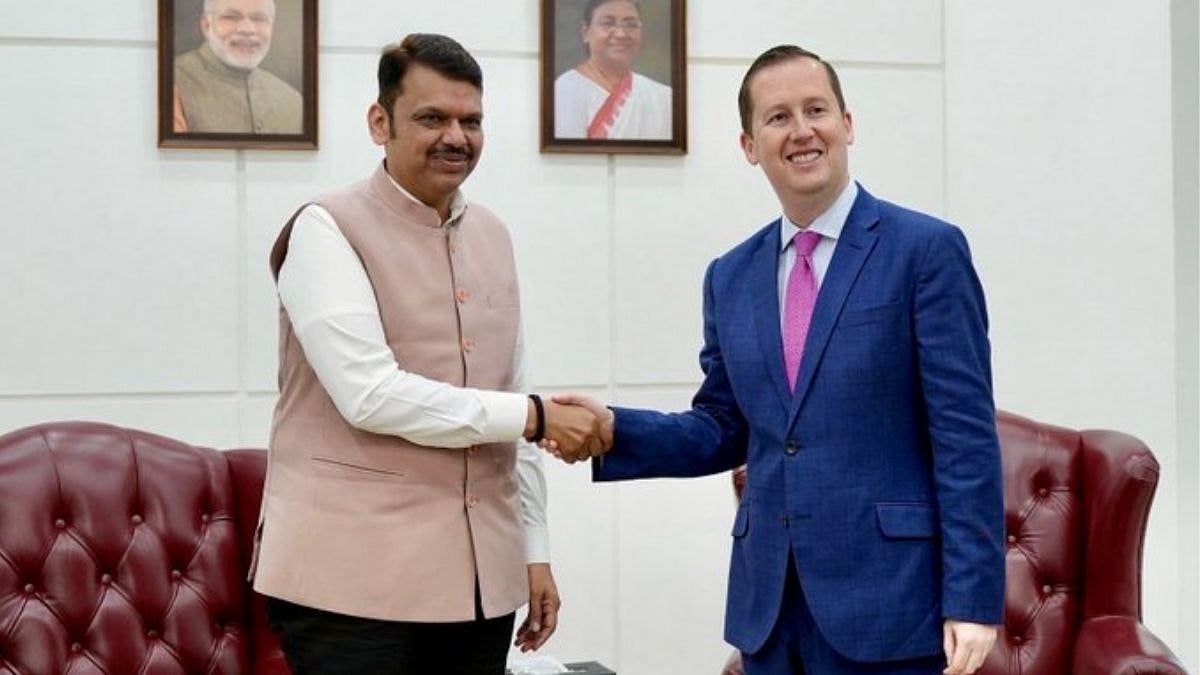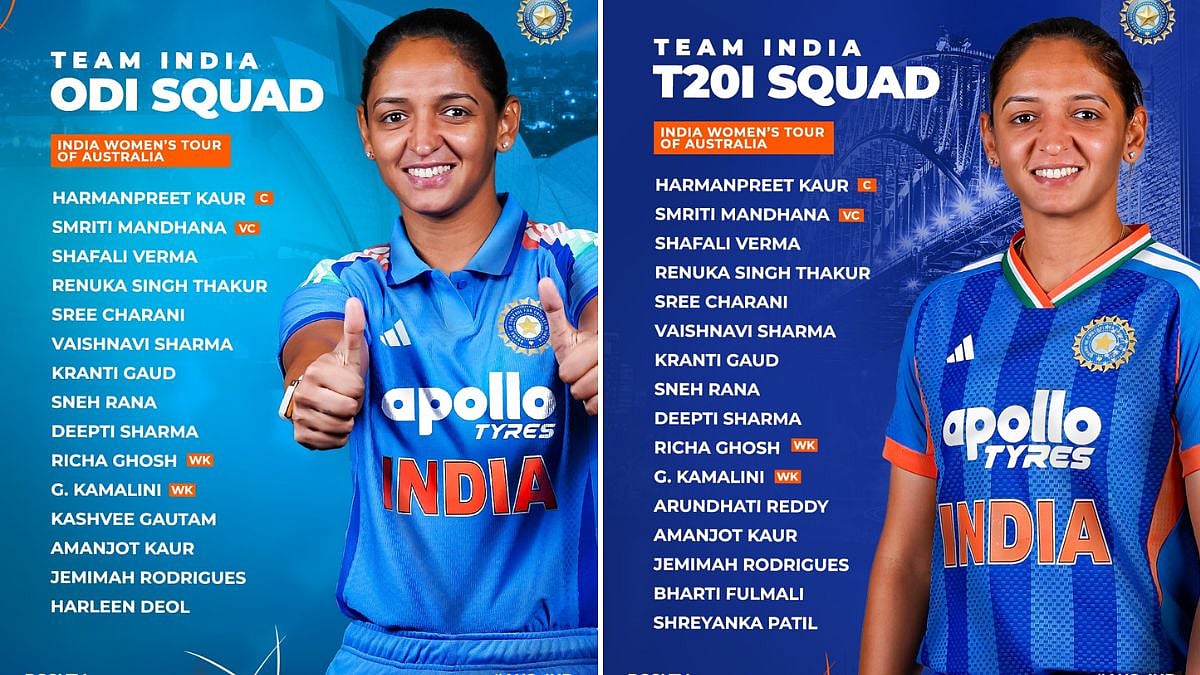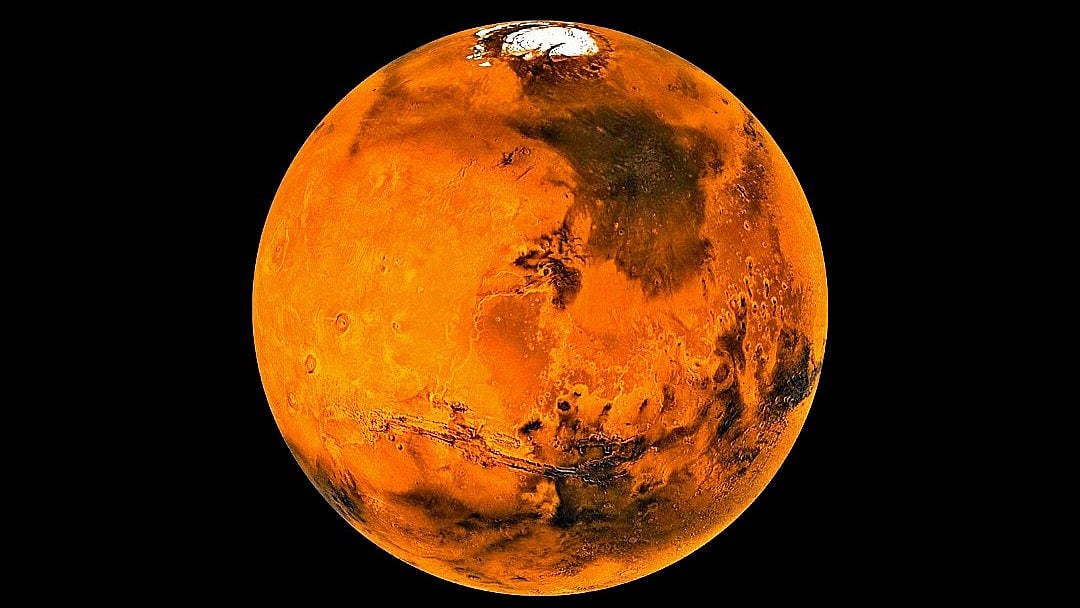When Chandrakala Devi, 106, who lived in a non-descript village in Sitamarhi, Bihar, died in 1992, she left behind an invaluable legacy.
Of the many things found in her rusted iron box were an old, worn-out diary with a collection of 1,500 folksongs in Bajjika language written in Kaithi script and a handwritten copy of Tulsidas’ Ramayana in Kaithi.
Her prized possessions have a great heritage value and are precious for her son, Baidyanath Prasad Srivastava, 94, grandson Dr Dhruv Kumar, 64, and great-grandson Prateek, 27, because all of them can read and write the ancient script of the Kayastha community, Kaithi. “My father and his peers were the last generations fluent in Kaithi. My father, a retired police officer, is in great demand in the village to translate official documents from Kaithi to Hindi. Till the ’90s, when my grandmother was alive, the number of such people was in thousands, and today it is barely a hundred. I am glad that my son, who is an alumnus of IIT, is well-versed in Kaithi,” says Kumar, who is engaged in the transliteration of these songs with his son.
For around 200 years, Kaithi was used for all the official documents of Bihar. Today, the script is fading into oblivion.
Past perfect
Kaithi, also called Kayathi or Kayasthi, was used widely in northern India, across Uttar Pradesh, Jharkhand, and Bihar, for writing legal, administrative, and private records.
“Besides Kaithi, the Kayastha community also played a role in developing three other scripts — Devanagari (official script of the Government of India), Kaithili (Assamese script), and proto-Bangla Abugida (Bangla script),” says Uday Sahay, a former IPS officer and lead author of Kayasth: An Encyclopedia of Untold Stories, that has a chapter dedicated on Kaithi and its glorious past.
The languages written in Kaithi are Angika, Awadhi, Bajjika, Bhojpuri, Hindustani, Magahi, Maithili, and Nagpuri.

Kumar, associate professor, psychology department, PR College, Saran, Bihar, says, “In 1880, the British replaced Urdu/Persian with Kaithi as the administrative script. Following widespread protests in the early 20th century, the honour went to Devanagari in 1913. The Nagari Pracharini Sabha established in 1893 strongly advocated Devanagari for regional languages, including Hindi. It put pressure on the government to adopt Devanagari as the only script for Hindi.”
The politics of languages often spills over to the politics of scripts. “It is most obvious, as pointed out, in the Devanagari numerals on the banknotes issued by the government. Some see it as the imposition of a language through the imposition of its script. It has been a long-lasting project from the days of the Nagari Pracharini Sabha,” says professor Tanmoy Bhattacharya of the department of linguistics, University of Delhi.
Present tense
Notwithstanding the Nagari Pracharini Sabha’s stand, Kaithi continued as the official script of the Bihar government till the mid-20th century.
“Devanagari successfully established itself at the political and social levels, thereby showing that it could replace Kaithi. It began to be used in Bihar, alongside Kaithi, but the latter began to decline over time,” says Kumar, author of Kaithi Lipi: Ek Parichay.
Even Kayasthas, around 1975 and later, shifted their focus to learning Devanagari, leading to the near-extinction of Kaithi today. In complete contrast, the Kaithili and Bangla scripts flourished and enjoyed the status of the lead scripts in Assam and West Bengal, respectively.
Muzaffarpur-based doyen of Bhojpuri literature and academician Dr Braj Bhushan Mishra’s first memory of the script dates back to reading letters written by his grandfather, Harivansh Mishra, who was well-versed in Kaithi. Mishra went on to earn his doctorate in the Bhojpuri language in 1990, but he writes in Devanagari and not the language’s original script, Kaithi.
“The use of Devanagari for Bhojpuri, Maithili and others languages was convenient for the learned and the common people alike as the script had many options that were unavailable in Kaithi script. Even the oldest literature in Bhojpuri and Maithili was written in Devanagari and not Kaithi, primarily because Devanagari became the official script and, thus, it grew leaps and bounds while the discontinuation of Kaithi slowly ousted it from public memory; consequently, its usage declined,” says Mishra.

The works of literary giants available in the ancient script were translated into Devanagari, which widened the reach because the number of people who could read and write Devanagari was more than that of Kaithi.
Bhattacharya says, “The politics of the dominant caste and the dominant force in rising nationalism were the main culprits that led to the discontinuance of Kaithi. There were no technical reasons (like sound-syllable correspondence) for giving up that script in favour of Devanagari.” He has repeatedly found the same phenomenon in his work involving the linguistics of the eastern languages.
“It is extremely apparent that it is the stronger, dominant, Central and northern languages — and people — that push the diverse to the periphery,” he adds.
Future continuous
The script is near extinction, but the languages live on. The languages that were once written in Kaithi script have quickly adapted to changing times and switched to Devanagari. The speakers of the native languages of Bihar and Jharkhand feel that it is a blessing in disguise because it makes the entire body of literary work written using Devanagari more accessible to them, and also others.
Film critic and poet Manoj Bhawuk’s mother tongue is Bhojpuri. He writes for Bhojpuri TV serials, web series, films and songs, and contributes to many national-international digital platforms in Bhojpuri.
“My book on the history of Bhojpuri cinema and two others were also written in Devanagari, which was why it found readers across the world. Kaithi is the script of the Bhojpuri language, but writing it in Devanagari helps the message reach more people. But at times, there is also the regret of neglecting the script Kaithi,” says Bhawuk, who also runs a portal in Bhojpuri, Bhojpuri Junction.

Sahay suggests that UNESCO may take Kaithi under the intangible and endangered heritage scheme to revive it. His recently released book has revived interest in the intangible heritage value of the script.
“Kaithi lost its relevance because of its dwindled functional value or earning value, or job value. Its official use in Bihar was discontinued after 1913, except for its use in maintaining land records,” says Sahay.
Way forward
Kumar has started imparting Kaithi lessons through WhatsApp video calls, and has had taught Kaithi script to more than 200 people. “A couple of individuals and entities across the country including Satish Sinha in Gaya, Anil Kumar Srivastava in Sitamarhi, Kaithi Learner Group in Delhi and Bihar Archaeological Council are working to revive interest in the script. This will go a long way in keeping it alive,” says Kumar.
In Bihar, Munger University has prepared a certificate course in endangered scripts, while Patna University is considering starting workshops and training programmes. “The government should consider including this script at primary/middle school level education under the new education policy, and giving permanent jobs to those who can read and write Kaithi script,” suggests Kumar.
Among the 22 languages recognised in the 8th schedule, three languages — two Tibeto-Burman and one Munda — represent two different language families. In contrast, the rest of the 19 represent one dominant language family: Indo-Aryan (15) and four Dravidian languages. There are as many as 57 other languages, which are considered to be part of Hindi, that is, people who reported their mother tongue to be as different from Hindi as Awadhi, Bhojpuri, Brajbhasha, Bundeli, Garhwali, Kumauni, Kurmali, Magahi, Marwari, Mewari, Mewati, Pahari, Rajasthani, Sadari, etc. that are all recognised as Hindi.
Adequate steps need to be taken so that these endangered scripts can be preserved. “If we do not do it, India’s message will be that it speaks one language — Hindi. The disuse of a script is intimately related to this phenomenon. For example, suppose Bhojpuri and Magahi are written in Kaithi, then it will be much more difficult to claim them to be classified under Hindi, and you stand to lose another 65 million speakers of Hindi,” warns Bhattacharya.














